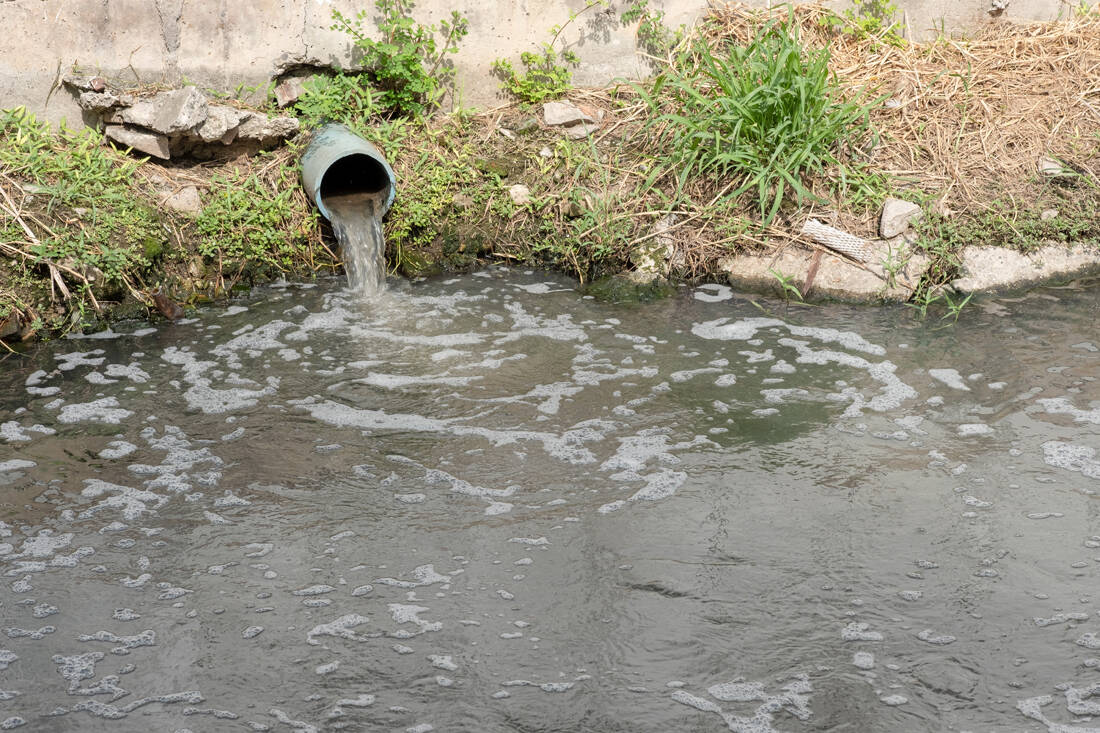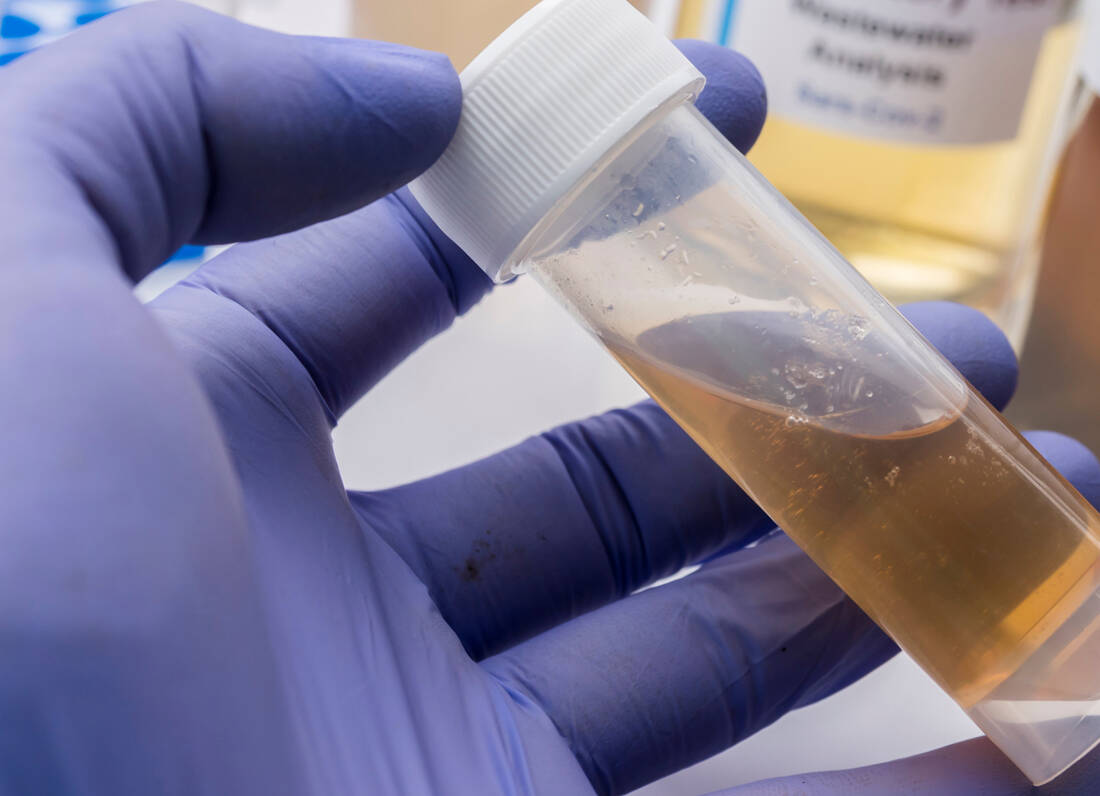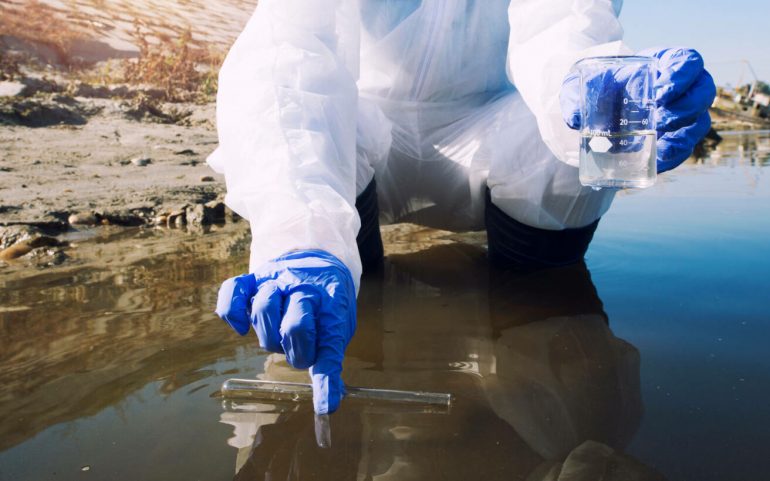The discussions that have taken place in recent days regarding the urban are impressive effluent and the answers that their analysis can give, for the spread of the pandemic as well as the case numbers. This deadly virus is spread mainly through droplets coming out of the mouth and nose, it can also be excreted through human waste. This conclusion was the trigger for scientists to proceed with the relevant studies at first hesitantly and then more intensely.
At the beginning of the pandemic, the cities and countries that started the control of sewage looking for traces of the coronavirus with the hope to detect in time the increase of outbreaks but also the number of those who were active, were few. But as the months went by and the rapid rise of infections around the world, as well as deaths, researchers began to adapt this strategy. Examining the waste of individual hospitals or other buildings and then entire areas aims to quickly detect the pandemic and stop it by any means possible.
But what substances are detected in urban wastewater? Can their analysis reveal what happens to the inhabitants of an area, what they consume, their habits and in general the way they live?
Dr. Miltiadis Zamparas, researcher of the Research and Technology Foundation, member of the Hellenic Open University in Waste Management and former deputy governor of the Health Region of Western Greece, gives answers to newsbeast.gr.

Already in studies conducted in the urban wastewater of Thessaloniki and after analyzing the coronavirus curve in the co-capital, which was exponential in October and also rising in early November, scientists are optimistic that in the coming days there will be a flattening and by the end of the month there will be a coveted drop in they get sick.
Parallel, data for Attica from the analysis of wastewater in Psyttalia find a gradual decline in viral load. Scientists see a spread of about 1%. That is, the number of players amounts to 40.000 in the basin while at the beginning of November it was about 60.000. In fact, they estimate that in the coming days a decline is expected as the measures taken and the restriction on the movements of the population are expected to be recorded in numbers.
- Recently, the scientific community has been studying the amount of virus in sewage. This seems to play a role in case assessment. Why;
In water and sewage we can find literally everything you can imagine. A recent study showed high concentrations of drugs in the water, contained in psychiatric drugs, antibiotics and mainly analgesics, a sample of the intensive use of modern man. It has been scientifically known for many years that urban wastewater contains categories of pathogenic microorganisms such as bacteria, viruses, fungi, protozoa, worms, etc. We generally know that over 140 different species of viruses have been detected in urban wastewater. The main factors that affect the concentration and frequency of viruses in the effluent are the frequency of infections and the number of carriers of the virus. So, if we can calculate its load coronavirus In a sample of liquid waste, we will be able to get an idea of the number of people infected with the virus (eg SARS-CoV-2).
Therefore, the presence of SARS-CoV-2 genetic material in wastewater can be used to monitor the spread of coronavirus in a community or population. According to a recent study by Lahrich (2020), the use of wastewater as a disease monitoring tool is not widespread, but has recently begun to increase, especially due to the pandemic. So I would say it is potentially an additional tool in state decision-making in the post-Covid era, for other future pandemics / epidemics.

- How can sewage help detect coronavirus cases?
It is certain that from the sewage we can have a picture of the increase or decrease of outbreaks through the viral load they contain. It is we would say it is an indicator that can quantify the number of cases in an area and give an indicative number of people who are its carriers.
In other words, it gives us an idea of where things are going. That is, the increase of the viral load in our wastewater shows that the cases that will be detected in the next period by EODY will be more, while the reverse will show us a recession of the phenomenon. Be careful, however, not to directly correlate this index with the number of cases announced by the state daily.
Let me give you some examples: A study conducted in Massachusetts in March 2020 found a large difference in confirmed cases COVID-19 and what the scientists calculated based on the sewage produced by the municipality. Clinics were fewer because they underestimated asymptomatic individuals, while sewage showed a more realistic picture of people who are carriers of the virus.

Other studies in Europe and the Americas also show that an increase in the mean viral load of SARS-CoV-2 in wastewater samples over time has accurately followed an increase in the number of fatal coronavirus cases. Finally, it is very important that many studies show that the presence of SARS-CoV-2 in wastewater was detected before the onset of the pandemic. So imagine there was a network through e.g. of municipal water supply and sewerage companies (DEYA), which will give the picture of the viral load of sewage in every major city in Greece. This will be an important tool in the state decision-making process.
- Are there any difficulties?
The lack of a standard protocol for monitoring the SARS-Cov-2 virus in wastewater is a major global challenge.
There are some difficulties that are slowly being smoothed out. For example, according to the World Health Organization (WHO), the SARS-CoV-2 virus may not be stable in sewage and may be more sensitive to disinfectants (eg chlorine) than human intestinal viruses. (eg adenoviruses, rotaviruses, hepatitis A, etc.). As well as the physicochemical conditions prevailing in wastewater, such as pH, solids can have a significant impact on virus stability and survival. However, all researchers agree that it could be a useful tool for the next wave of the pandemic until the vaccine is released or in the case of other future viral epidemics.

Can viral load detection be a tool in the state pandemic control process?
Clearly, it could be a tool in tracking of the virus, at this extremely critical juncture in the pandemic, as the increase in viral load in sewage is a warning mechanism for the spread of the disease in the community. It could be through the municipal water supply and sewerage companies (DEYA), or even from the elected Regions, in collaboration with academic institutions, to create a network that will give the picture of the viral load of sewage in each city. This will be an important tool in the decision-making process of the state and the post-Covid era, for other future pandemics / epidemics.
- What else do we find in sewage?
As I mentioned in the liquids waste we can find drugs, contained in psychiatric drugs, antibiotics, analgesics, as well as drugs, etc. A very good scientific network that collects such data is the European network Score (Sewage Analysis CORe group Europe) where anyone can go to https://score-cost.eu/ and see all the information regarding the use of drugs and medicines in all European countries. These data are from systematic studies in human wastewater and are worth seeing.

- In which countries is waste analysis showing that cocaine is being used the most?
The European Monitoring Center for Drugs and Drug Addiction (EMCDDA) annually analyzes wastewater samples across the continent and focuses on the use of drugs such as cocaine. Finds the amount of the substance, ie the kilograms that belong to each resident per day.
Specifically, as shown in the diagram published on statista.com and concerning the most recent measurement made in 2019, Amsterdam is at the top of the list, in second place is Zurich, followed by Copenhagen and Geneva.


